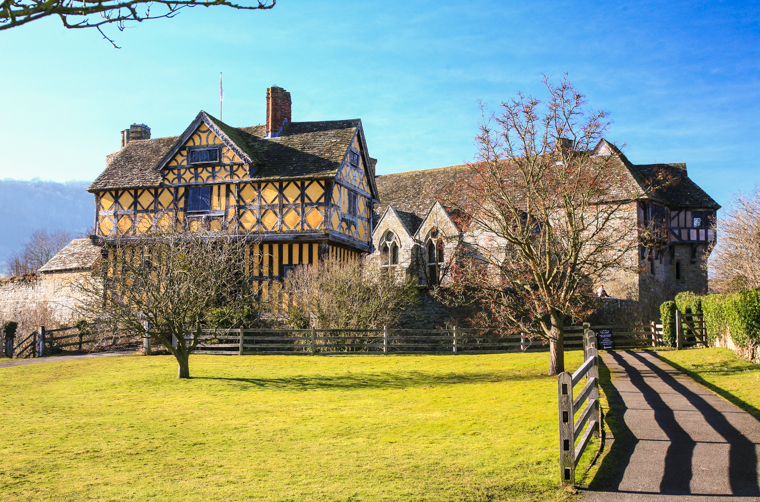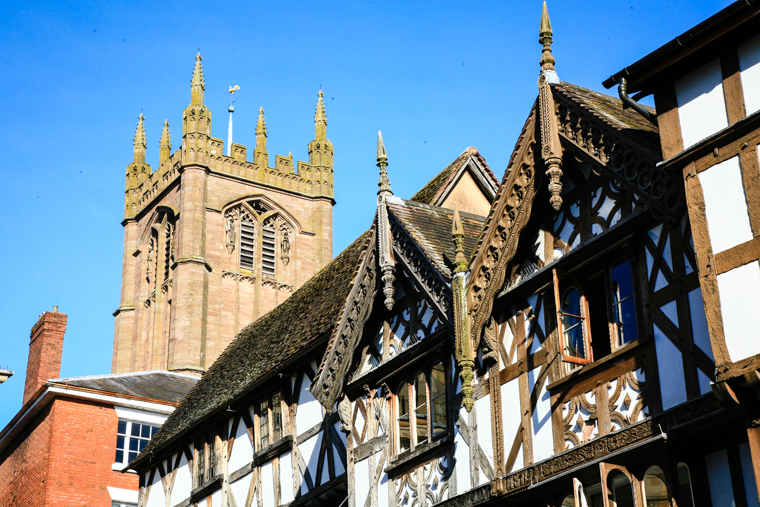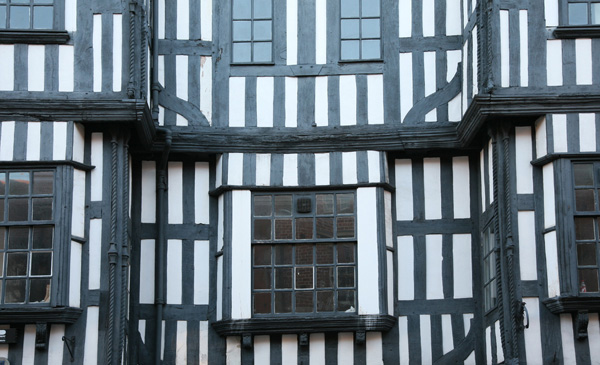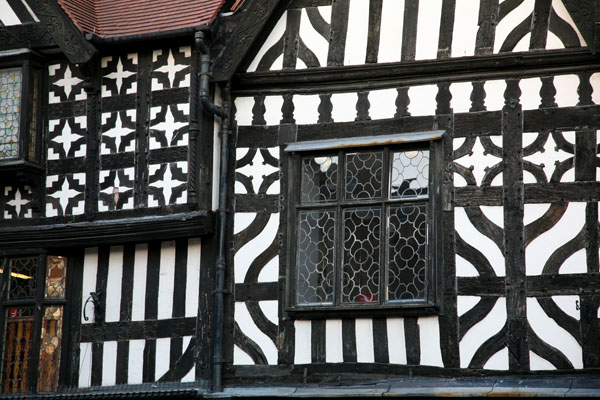Oswestry
Where Shropshire meets Wales
The border town of Oswestry was fought over for centuries until 1535 when Henry VIII’s act of union made the town officially part of England.
Evidence of settlement here can be traced back to the Bronze Age and there is an Iron Age hill fort. The remains of which show it to be one of the most elaborate in the world. It was occupied up until the Romans overran it in ad 75.
The town reputedly gets its name from St Oswald, the meaning is Oswald’s tongue of land, he was killed here by Penda the pagan king of Mercia. There is a legend of an eagle dropping the saint’s limbs, and a holy well sprang forth on the spot.
Another version states that the saint’s body was hung from a tree and Oswald’s tree gave way to Oswestry.
The towns buildings have suffered over the centuries due to fires and war, in the civil war the town was Royalist but the parliamentarians took the town and destroyed the Norman castle of which only a mound is visible. Other buildings were destroyed in the name of progress when the town became a railway headquarters.
There is however, a fine 17th century half-timbered mansion that belonged to the Llwyd family who distinguished themselves in the crusades, on the side of the building is a crest of a double headed eagle granted by the Holy Roman emperor to the Lloyd family for this service.
Oswestry School founded in 1407 is believed to be the oldest secular school in the country, the town is now a great place for fishing as well as walking, the Offa’s dyke path is nearby. Other nearby places of interest include Chirk castle and the Shropshire union canal viaduct.
Wilfrid Owen the first world war Poet was born here.
Activities in Oswestry
Farm Parks
Park Hall - Countryside Experience
Visit abcbritain's profile on Pinterest.







